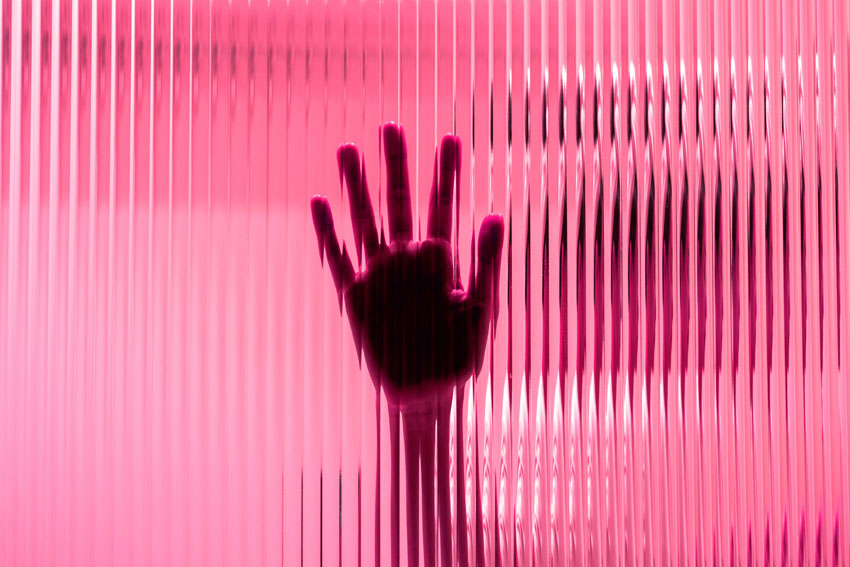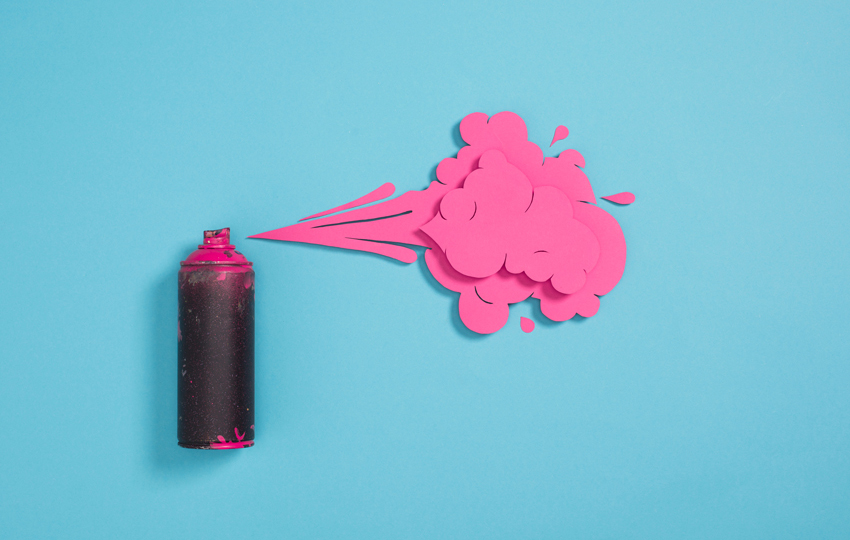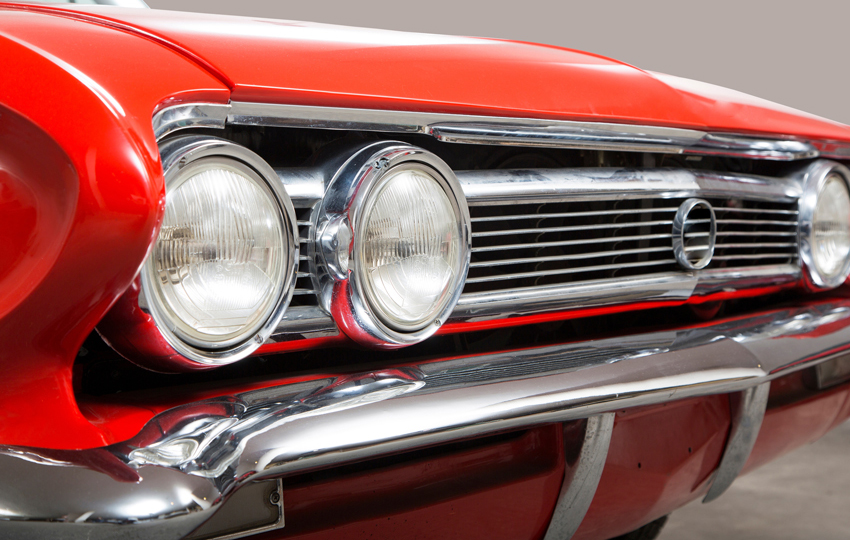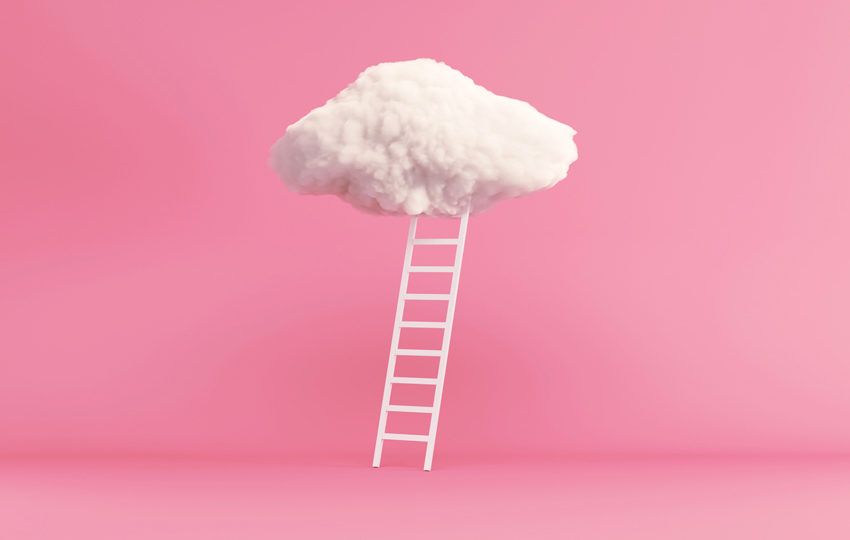Color Matters: The Body: Drunk Tank Pink
Can pink make strong men weak? Do pink jail cells create a calming effect? Is it true that football locker rooms (the ones for the visiting/opposing teams) are painted a certain shade of pink to weaken the players?

Barbie Pink
Yes and no! Here are the facts and some opinions:
One of the most interesting examples of color effects is Baker-Miller Pink - a color ( R:255, G:145, B:175) also known as “drunk tank pink”. This color is used to calm violent prisoners in jails. Dr. Alexander Schauss, Ph.D., director of the American Institute for Biosocial Research in Tacoma Washington, was the first to report the suppression of angry, antagonistic, and anxiety ridden behavior among prisoners: “Even if a person tries to be angry or aggressive in the presence of pink, he can't. The heart muscles can’t race fast enough. It’s a tranquilizing color that saps your energy. Even the color-blind are tranquilized by pink rooms.” [1] In spite of these powerful effects, there is substantial evidence that these reactions are short term. Once the body returns to a state of equilibrium, a prisoner may regress to an even more agitated state.

Drunk Tank Pink
1. Morton Walker, The Power of Color, (New York, Avery Publishing Group, 1991), pp. 50-52.
Here's what a color guru (who states that he conducted the first research on the effects of this pink) posted to the Color Matters Bulletin Board:
Color selections made for the holding cells were originally done in the late 1970's and early 1980's. You might have seen a guy on "That's Incredible" in the 1980's, holding up big sheets of Blue and then Pink poster board, while someone saw how much weight their outstretched arms could bear. That was more of the same stuff. There are a few catches though.
1. They botched the color a bit and made it a kinda hot greyish pink. Psst: Alex...you didn't get the color right!
2. They didn't take into account exposure effects. The color was 'in the ballpark' enough to give scientifically significant results (blind study). But..
3. Prisoners did respond and calmed down, as hoped, initially. Major goof: If they hung around too long, they became even more violent. Why? The reasons are so very very clear.
4. Other reasons: several, but that's another story.... I suspect there are, what one might call, innate responses to certain stimuli - in this instance a color or stimulus that prompts aggressiveness. But observations suggest that people can develop linkages of given stimuli to specific behaviors - and that these linkages will very quickly override many of the secondary or more subtle innate responses.

Pink Spray Paint
An example? There are many. Here's a traumatic one - A mother watches a bright red car zoom by. A second later her child is on the ground, critically hurt, hit by the car. The child survives, but the trauma is so instant, so deep, the woman's association of bright-red to horrible loss is forever buried in her psyche. A linkage has been formed. Ever since then, when she sees that bright red, her heart races and an intense fear moves through her. She rejects that color and keeps it away... Does bright-red = horrid loss then? To her it does. It's a uniquely formed, special case linkage. But to you, or me that same bright-red might mean something good, a warm Valentine's moment, a spouse's beautiful lips, whatever. The situationally induced linkage of that bright-red to that traumatic fearful moment overrides whatever response to the color might otherwise prevail. So, when you ask: "..what colors are a trigger for aggressive behavior" an answer may be at hand, but it may come with a myriad of caveats that overwhelm an otherwise simple answer.

Red Car
University of Hawaii associate head coach George Lumkin was a member of the 1991 staff that saw visitor locker rooms at Iowa and Colorado State painted pink in the belief that the color made players passive. Now the WAC has a rule that a visiting team's locker room can not be painted a different color than the home team's. In other words, it can be pink, black or any color of the rainbow, as long as both locker rooms are the same color.
Baker Miller Pink is a pink that's similar to the "bubble gum pink".
An approximate RGB formula is:
R:255
G:145
B:175
HEX: FF91AF

Baker Miller Pink